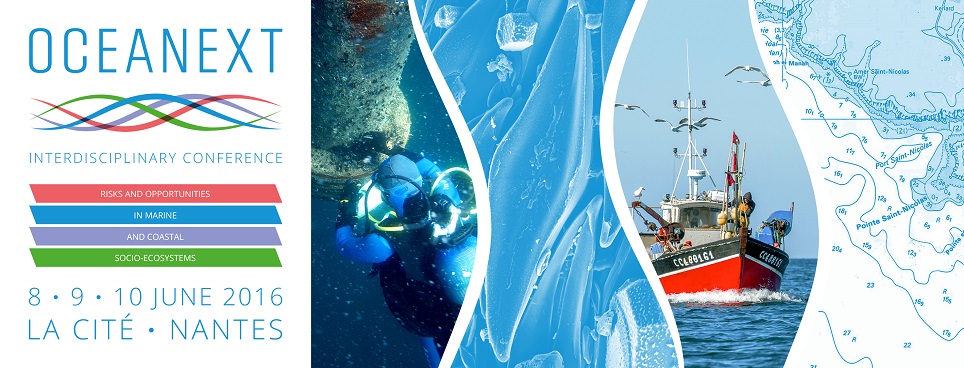The risk management of dike, bank, bridge scour and road embankment require the assessment of the erosion of fine soils. Climate change could induce the increase of hydraulic loading and such structures are characterized by their great length and the large heterogeneities of the soils which compose them or their foundations. With the objective to contribute to the safety assessment of these structures, various researchers developed different testing devices for characterizing the sensibility of erosion of fine soils. Among these testing devices, the Jet Erosion Test (JET) is commonly used because it can simplify studies on low plasticity soils or on saturated soils. Another advantage of the JET is related to the possibility to use it on site, in order to measure the intact resistance. A new energy analysis of the test is developed, relating the total eroded mass to the dissipated fluid energy, and a new erosion resistance index is proposed. The erodibility is evaluated for twelve natural soil specimens which are compacted with the Proctor protocol. They represent a large range of erosion sensitivity. A wide dissipated hydraulic energy scale appears and a statistical analysis is carried out which gives a correlation of the erosion resistance index with three physical parameters. Thus, this method allows reducing the number of variables for the description of the erosion sensitivity.

|
Scour and erosion investigation by jet erosion test and statistical analysis
1 : Institut de Recherche en Génie Civil et Mécanique
(Institut GeM)
CNRS : UMR6183
58 rue Michel Ange, BP 420 44606 Saint-Nazaire cedex -
France
2 : Egis Géotechnique
EGIS GEOTECHNIQUE
3 rue Dr. Schweitzer, 38180 Seyssins -
France
3 : University of Science and Technology – The University of Danang
* : Auteur correspondant
54 Nguyen Luong Bang Street, Lien Chieu District Da Nang City, -
Viêt Nam
|
 PDF version
PDF version
